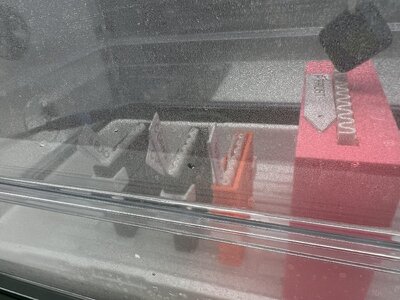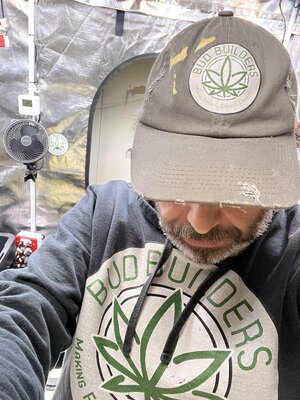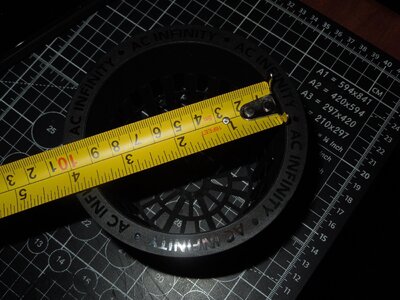Oxygenation and its influence on crops
Although some contradictory results have been reported regarding the use of methods to enrich the growth medium of crops with oxygen, especially with uncontrolled environment conditions (
Urrestarazu and Mazuela, 2005;
Bonachela et al., 2007), various experiments with production of plants under greenhouse, either in nutrient solution or in substrate, indicate that high levels of oxygenation they accelerate development and increase yields, as a result of the improvement in anatomical-physiological processes and increase in the hydraulic conductivity of the roots, greater mineral absorption and more efficient photosynthesis (
Urrestarazu et al., 2006).
Morard
et al. (2000) reported in melon (
Cucumis melo L.), with a radical development of 25 g L-1 and nutrient solution at 20 °C, that the saturation concentration of 8 mg L-1 is reduced to 0 mg L-1 in 60 min, if there is no oxygen replenishment. The oxygen supply in rose (
Rosa sp.) Increased the activity of the enzyme alcohol dehydrogenase (ADH), improved the growth and development of roots and stems. In tomato (
Solanum lycopersicum L.).
Experiments by
Goorahoo et al. (2002) with drip tape 12-15 cm deep and studies by
Bhattarai et al. (2006) with tape at 8 to 30 cm depth, showed the benefits of oxygenation. The data showed that the increase in yield of pepper fruit (
Capsicum annuum L.) reached its maximum value at 25 m from the aeration source and then decreased over 35 m, equaling the yield of the pitches without aeration.
In oxygenation tests with air injection with venturi and hydrogen peroxide in a clay soil cultivated with tomato, soybean (
Glycine maxL.) and cotton (
Gosipium irsutum L.), yield increases of 12, 84 and 21% were obtained , respectively, compared to the control (
Bhattarai et al., 2006). Similarly, in clay and sandy loam soil, venturi oxygenation produced an increase of 33 and 39%, respectively, in the total weight of pepper fruit (
Goorahoo et al., 2002).
Soy adapted to prolonged oxygen deficiency producing adventitious roots, the stem showed hypertrophy and developed an aerenchyma for the transport of O2 to the roots (
Boru et al., 2003). The efficiency of the use of water (EUA) with oxygenation was 11% higher (39.1
versus 35.2 g L-1) for tomato, 70% (3.65
versus 2.15 g L-1) for soybeans and 18% (0.45 versus 0.38 g L-1) for cotton in a clay soil (
Bhattarai et al., 2006) and 36% (1.46
versus 0.94 kg m-3) for corn in a clay-sandy loam soil (
Abuarab et al., 2012).
Other EUA effects, such as the photosynthesis/net leaf transpiration ratio, were also greater with oxygenation (
Bhattarai et al., 2006).
Urrestarazu and Mazuela (2005) supplied O2 with potassium peroxide (1 g L-1) to pepper and melon, finding a yield of 20 and 15% higher, respectively, with oxygenation; but there were no significant differences in cucumber.
In this regard,
Urrestarazu et al. (2006) indicate that the application of a chemical oxygenator to the irrigation solution significantly increases the availability of O2, translating into higher fruit yield per plant. Underground irrigation with 12% air in the water, stimulated growth and improved reproductive performance by advancing flowering and fruiting in tomatoes, and increased yield by 21%, the effect of aeration was greater in soil at field capacity (CC) in relation to the soil with water stress; while in saline soil, the increase was 38% in relation to the soil without aeration.
In both cases, the efficiency of water use increased, 16% in humidity experiments and 32% in salinity. The increase in yield with aeration was also accompanied by a higher harvest index (IC), higher fruit weight, and a lower water stress index. The benefit obtained by the oxygenation of the irrigation water was not only observed in conditions in which the air porosity was low (sodium soils with poor structure or at CC in clay soils), but also in soils with less moisture availability.
CC irrigation in clay soil generated a lower concentration of O2 in the rhizosphere, but aeration improved the concentration of dissolved O2 and increased tomato yield, since aeration avoided hypoxia (
Bhattarai et al., 2006). Another study by
Bonachela et al. (2007)demonstrated that oxygenation of the substrate solution in pepper and tomato cultivation avoided hypoxic conditions, while O2deficiencies occurred in melon during the second half of the cultivation cycle, when high environmental temperatures occurred and the plant had developed its radical system and complete canopy.
In rose plants that received oxifertigation treatments, the leaf area, the dry weight of leaves and flowers were higher, especially in those that grew on fine particle substrates with the presence of hypoxia (
Carazo et al., 2008). In these periods, enriching the nutrient solution provided with O2, by managing irrigation rafts or artificial contributions of O2, can improve crop growth conditions and consequently their productivity (Bonachela
et al., 2008).
In the arugula culture (
Eruca sativa Mill), different doses of peroxyacetic acid (CH3CO3H) were evaluated in the nutritive solution, determining that 40 mg L-1 produced higher yield compared to plants grown in perlite without addition of this acid (
Carrasco et al., 2010). In the parameters of fertigation, production and quality of melon fruits, the application of the oxygenating potassium peroxide increased the absorption and the efficiency of water use in terms of kilograms produced per liter of water consumed.
There were no differences in fruit yield and quality, which was attributed to the absence of O2 deficiency in the control treatment and to periods of hypoxia of insufficient intensity or duration to significantly affect productivity (
Mazuela, 2010). With the injection of air in subsurface drip irrigation, potato productivity increased, the yield was 27.11 and 17.8%. Also, it was higher in the air injection treatment, compared to drip irrigation (RG) and underground drip irrigation (RGS), respectively, in the first cycle, but it was 38.2 and 7.66% higher than RG and RGS, respectively, in the second cycle. In the air injection treatment, compared to the treatments without aeration (RG) and (RGS), the efficient use of water (UEA) was 46.41 and 30.52% higher in the first cycle, and was 61.78 and 19.33% higher than in RG and RGS, respectively, for the second cycle.
The plant height was 14.7 and 6.07% higher in the air injection treatment than in the control (RG) and (RGS), respectively, for the first cycle, while it was 14.13 and 9.7% higher than in the controls in the second cycle. The weight of the shoots per plant was 14.8 and 4.61% higher in the air treatment than in RG and RGS, respectively, for the first cycle, while it was 37.6 and 1.94% higher for the second cycle.
These data indicate that potato yield can be improved in underground drip irrigation if the water is aerated (
Mohamed et al., 2014).
Carazo (2015) reported that oxy-irrigation favored productivity in rose (number of flowers, number and weight of fruits), quality (weight and length of cut flower, duration of cut flower, weight and leaf and root surface of cuttings, rooted seedling) and development in various aspects (biometric parameters, mineral content).
When air is injected into the water within the root zone, the diffusion of ethylene and carbon dioxide outside the rhizosphere increases, leading to better plant growth conditions. Increased yields and potential improvement in soil quality associated with aeration of the root zone implies the adoption of air injection technology in the irrigation system as a tool to increase crop productivity (
Mohamed et al., 2014).






